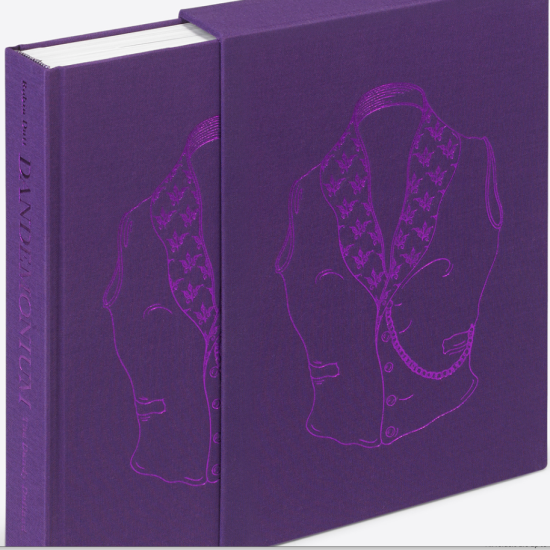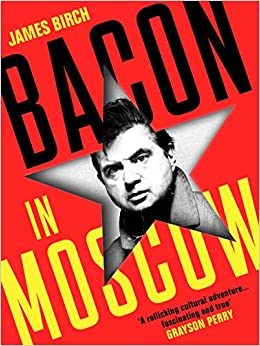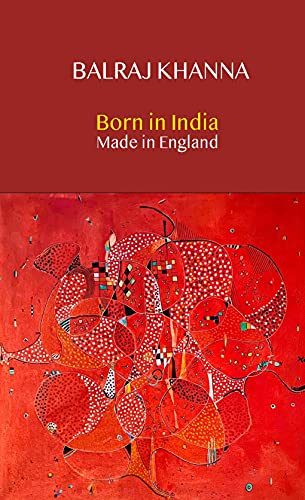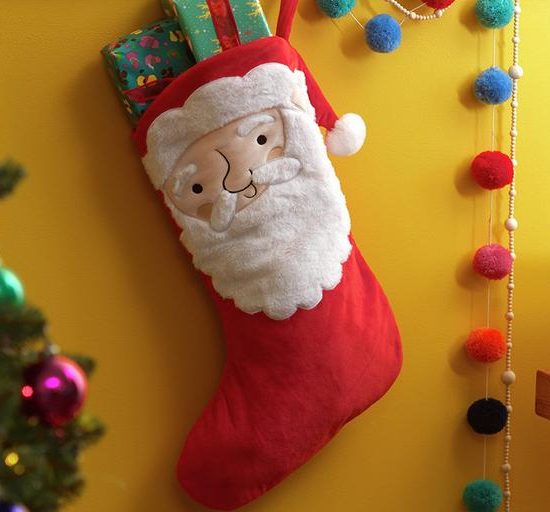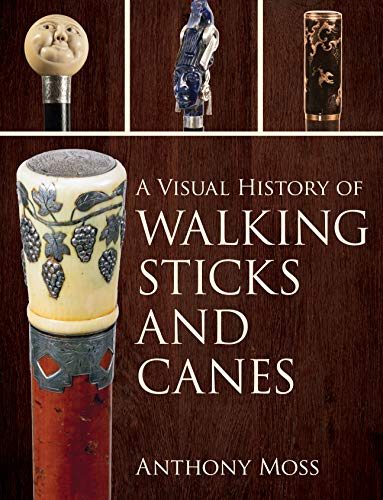
BOOK REVIEW: Meet the Georgians: Epic Tales from Britain’s Wildest Century, by Robert Peal
By Robin Dutt
Of course, one might say that there have been wilder periods of history. But the Georgian era spanning four kings of England (1714-1830), which looks like a partial keeping up with Jones’s where France’s Louis’ are concerned and is marked out for its peculiarities, excess, charm and horror. Robert Peal in this very entertaining tome delves deep into the century (plus 30 years of a new one) much of the former, which is widely accepted as The Age of Enlightenment and exposes everything which typified an era of excess and brilliance from gambling and inordinate intoxication to the establishment of gentlemen’s clubs and the proliferation of prostitutes – not always necessarily linked!
 The especially late Georgian period of the 18th century and indeed the Regency that followed threw men’s attire into sharp focus and with one man, Beau Brummell, pictured left, still heralded as the patron saint of modern male clothing – for its comparative plainness. Just a few decades before, men who could, were happy to parade in silk and shine, fields of embroidered flowers on satin or elaborate, powdered wigs and jewels. But the burgeoning birth of a new century gave birth also to a new concept of presentation. An elegant anonymity took over in male suiting and colours became more sober and demure. Patterns which were worn all over the body tended to retire to waistcoats and cravats. This may be said about male decorative choice in accoutrements today. And of course, this was emphasised in the greatest reign of the 19th century, Queen Victoria’s, when black became not so much a funereal colour alone but one of sober respectability from the requirements of an opera venue to, indeed the elegance of, an exclusive club. Although designers today may experiment with ‘outlandish’ colour for male suits in the name of Fashion, season after season, it is black, navy, grey and brown that win hands down as especially the old guard in Savile Row might opine – bar of course the delightful colour blends, say, of traditional and contemporary Tweed.
The especially late Georgian period of the 18th century and indeed the Regency that followed threw men’s attire into sharp focus and with one man, Beau Brummell, pictured left, still heralded as the patron saint of modern male clothing – for its comparative plainness. Just a few decades before, men who could, were happy to parade in silk and shine, fields of embroidered flowers on satin or elaborate, powdered wigs and jewels. But the burgeoning birth of a new century gave birth also to a new concept of presentation. An elegant anonymity took over in male suiting and colours became more sober and demure. Patterns which were worn all over the body tended to retire to waistcoats and cravats. This may be said about male decorative choice in accoutrements today. And of course, this was emphasised in the greatest reign of the 19th century, Queen Victoria’s, when black became not so much a funereal colour alone but one of sober respectability from the requirements of an opera venue to, indeed the elegance of, an exclusive club. Although designers today may experiment with ‘outlandish’ colour for male suits in the name of Fashion, season after season, it is black, navy, grey and brown that win hands down as especially the old guard in Savile Row might opine – bar of course the delightful colour blends, say, of traditional and contemporary Tweed.
Peal is keen to remind just how experimental and adventurous the Georgian age was in terms of political thought, radical ideas, literature and art but also paints a grim picture of life without privilege and those who sold unwanted wives in filthy markets. As a history teacher at the West London Free School, he gained quite a reputation as a communicator and has always adored the Georgian period in general – one supposes for its mad richness and insane differences which are all, fair or unfair, part of blind history’s remit. And for a period known as the Age of Enlightenment where one’s thoughts might turn to those of addressing ossified social systems or atrophied ancient customs, Peal reminds that some (presumably with little else to do) would repair to a ‘farting club’, stuff themselves with cabbage, onions and pease-porridge, the better to see (and hear!) who could emit the loudest (and foulest?) samples of induced flatulence. Oh and there was an accolade for who could sound the longest escape of wind to the merriment of the assembly. The word for this was ‘bumfiddle’ and whilst that might put in mind to a contemporary audience, something quite different, an 18th century time waster might queue up and even bring his own basket of leafy veg and cruciferous delights to win that accolade, at the door of the appropriate venue. ‘All in the best possible taste’ as the late, great Kenny Everett might have said…
Meet the Georgians: Epic Tales from Britain’s Wildest Century by Robert Peal (Collins). £18.99.



